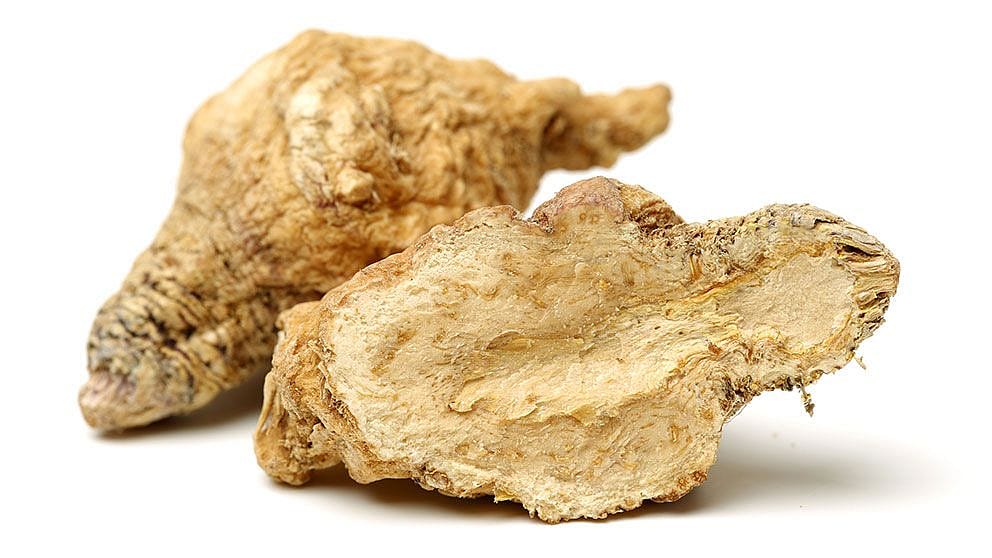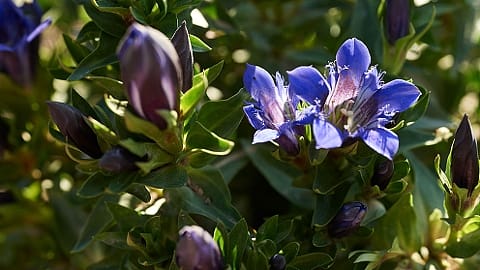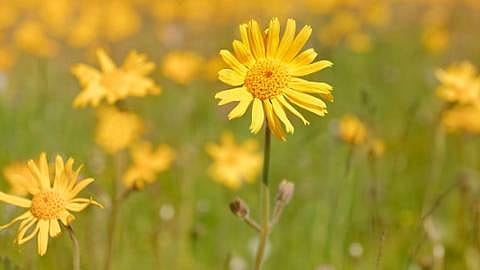Maca – Lepidium meyenii
Botanical Profile
Indigenous peoples have used maca as a nutritious food and medicine for thousands of years. This robust herbaceous plant with its aromatic root is a member of the Lepidium genus and grows at high altitudes in the Andes. Weleda uses this plant for its benefits in skincare.
Fortifying tuber of the Incas
According to historical sources, Inca warriors fortified themselves with maca before every battle – they believed the maca root increased their health, power and endurance. Indigenous peoples in South America still use maca as a medicinal plant and food today. Its root tuber has a high nutritional value, comparable to that of maize, rice and wheat.
When used in cooking, fresh maca root is generally boiled in salt water. The dried roots can be made into a sweet pudding known in Spanish as mazamorra. Green maca leaves taste like cress and can be eaten as a salad. The plant has also gained a global reputation as a potent superfood. Maca powder and capsules are commercially available as a dietary supplement, often with added vitamin C. The powder and root have a sweet taste and a mild, malty flavour. Maca can be added to smoothies, nut milks, desserts and muesli, and is said to have a revitalising effect.
Maca, a native to Peru
Maca (Lepidium meyenii) is a plant that grows at high altitudes and in extreme weather conditions: it is native to the high plateaus of the Peruvian Andes, where it thrives at altitudes of 3,500 to 4,500 metres above sea level. It is a robust and highly resilient plant. Neither the heat during the day nor the frost at night affect it, and it also copes well with poor soil, intense sunlight and strong winds.
The herbaceous, generally biennial maca plant grows up to 20 centimetres in height. This vegetable belongs to the genus of cresses and the brassica (cruciferous) family. The plants have fleshy leaves that form dense rosettes and grow along the ground, like a mat, as protection against strong winds. White flower panicles appear in the second year of growth.
During the flowering period from July to October, it emits a strong fragrance. The taproots are usually harvested in June. They vary in colour from white and yellow to pink and red. Maca is also known as “Peruvian ginseng”.
Newly discovered cosmetic benefits
As food, maca provides energy and strength. The maca root contains carbohydrates, proteins, lipids and fibre, as well as calcium, potassium, magnesium and iron. While its health benefits have long been recognised, its plant-based proteins are also of particular interest from a skincare point of view. Weleda uses maca peptides, which are extracted from the proteins of the root tuber using an enzyme fermentation process. Their unique power lies in their natural origins. As an innovative active ingredient in skincare products, maca peptides unlock the full regenerative potential of the maca root, creating a revitalising formula for the skin. Maca peptides activate cell renewal and support the skin’s innate regenerative processes, as well as improving skin elasticity and reducing visible signs of ageing.
We view the plant as more than just an active ingredient. We also tap into its symbolic meaning and explore its secrets. Because the holistic effect of our products is very important to us.
Lilith Schwertle, an Alternative Medicine Practitioner and Natural Skincare Consultant at Weleda







